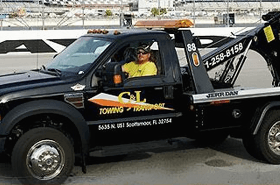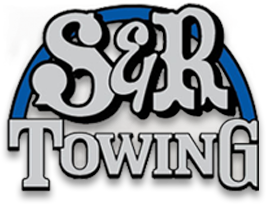Towing a tent trailer, a boat, or ATVs is not limited to attaching the trailer to the vehicle hitch and then hitting the road. Indeed, for the safety of all road users, it is essential to take some precautions and follow the recommendations indicated in the user manual which is usually found at the bottom of the glove box. With tow truck san jose you can find the best solutions now.
If the user manual cannot be found, you can always refer to the plate screwed to the door frame on the driver’s side. The latter contains information that will tell you the maximum loading capacity of your vehicle, including the weight of passengers and baggage, i.e. the “gross vehicle nominal weight” or GVWR. Another important datum to check and respect is the “combined gross nominal weight”, i.e. the total weight of the trailer and the vehicle including passengers and luggage.

Before towing a trailer, make sure that your vehicle has enough towing capacity. Since most cars are front-wheel drive, they have a lower towing capacity than vans or powered cars. Also, if you plan to purchase a vehicle for towing, make sure it is equipped with: a high-efficiency radiator, a transmission cooler, a high-amperage battery and a robust suspension. Depending on the type of vehicle, it is possible to opt for a set specially designed for towing.
The different types of coupling
The most common way to do this is to load the hitch or drawbar, depending on, which is directly attached behind the bumper. However, beware. Because of the weight applied to the tow ball is excessive, the road behaviour of the vehicle could be affected. There are many types of couplings on the market. To determine which one meets your needs, you need to determine the total weight of the trailer you plan to tow.
Thus, a Class I hitch can support a load of 907 kg (2000 lb) with maximum weight on the hitch ball of 91 kg (200 lb). This type of hitch is attached to the chassis and bumper of vehicles. If you want to tow a trailer over 2268 kg (5000 lb), you must use a Class IV hitch called a “compensating hitch” or “load distribution”. This will distribute the load between the wheels of the towing vehicle and those of the trailer.
This weight distribution will improve the road behaviour of the vehicle, including steering and braking. To improve the stability of the towing vehicle, there is also the fifth wheel attachment. Bolted to the box of a pickup just above the rear axle, this system concentrates more of the weight on the entire towing vehicle, resulting in better handling.
Good weight distribution
When loading your trailer, it is important to distribute the weight to maximize the stability of the convoy. If the weight of the trailer is too heavy on the hitch ball and the rear of the towing vehicle lowers, this could lighten the front axle of the vehicle and affect its steering and braking.
You should not place heavy objects on the sides of the trailer in order to avoid swerving or rollovers. Also, do not install anything heavy or too long on the back of a trailer, as this may cause it to sway. Make sure that the trailer is attached securely. Thus, the safety chains must be resistant since they constitute the last link between the vehicle and the trailer in the event of the coupling breaking.

